What are lipids and what are some of their common properties?
2 Answers
Glycerol and fatty acids
Explanation:
Lipids consist of up to three fatty acids coupled together with a molecule of glycerol. These fatty acids can generally be any fatty acid in any combination.
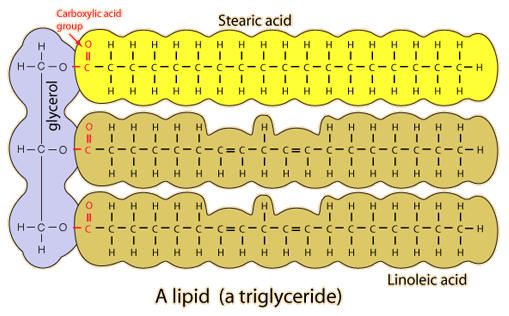
Lipids are molecules of different chemical structures, so they can not be presented in a general formula/ building block like e.g. carbohydrates, proteins...
Some of their common properties are: insolubility in water and good solubility in organic solvents such as chloroform, ether and benzene.
More info below
Explanation:
Some lipids have three major biological roles:
storing energy, building biological membranes, and transmitting signals between cells
Their chemical structure is very different and so as their functions in nature.
As a big group lipids include :
- triacylglycerols (fat, oils)
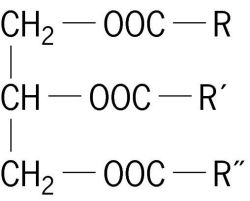
R 1, R 2 and R 3 are hydrocarbon groups of long chain fatty acids, in a higher number of carbon atoms. The higher the proportion of unsaturated fatty acids in their composition the more are they liquid (oils).
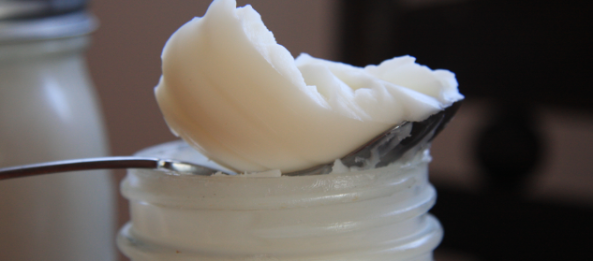
Picture 1: saturated fatty acid,

Picture 2: unsaturated fatty acid

-
phospholipids
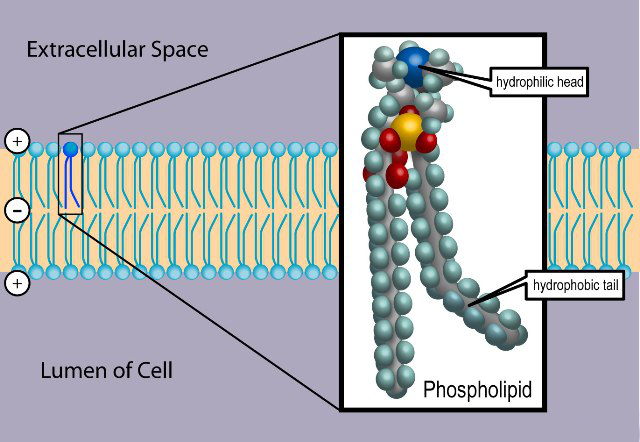
Phospholipids are the membrane components of each cell.
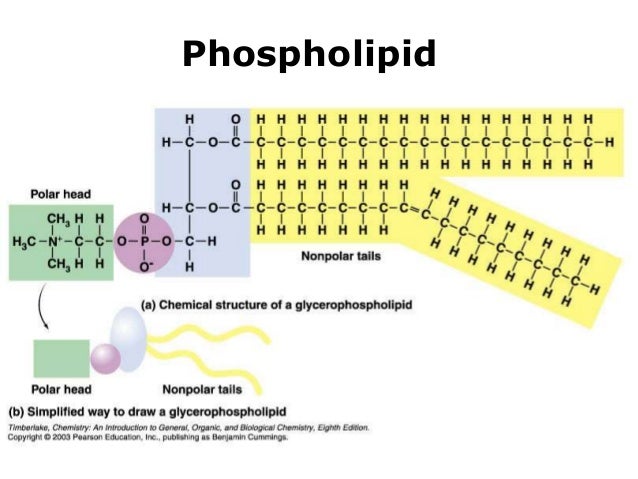
-
glycolipids

They keep the stability of the cell membrane. They are formed by a carbohydrate attached by a glycosidic bond. -
steroids
They are constructed from four carbon rings, to which different functional groups are attached. They are found in all live cells. The main steroid is cholesterol, containing 27- C atoms.
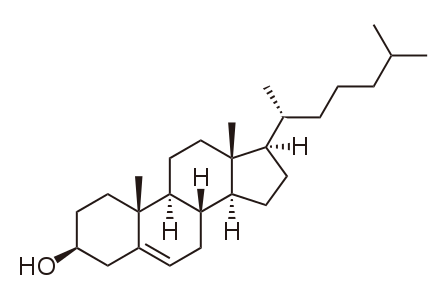
On this picture of cholesterol you can see 4 rings and different functional groups that are attached to the ring. Cholesterol is the major molecule in the synthesis of hormones, regulatory and signaling molecules. -
waxes

They have a variety of functional groups and are build of long alkyl chains.
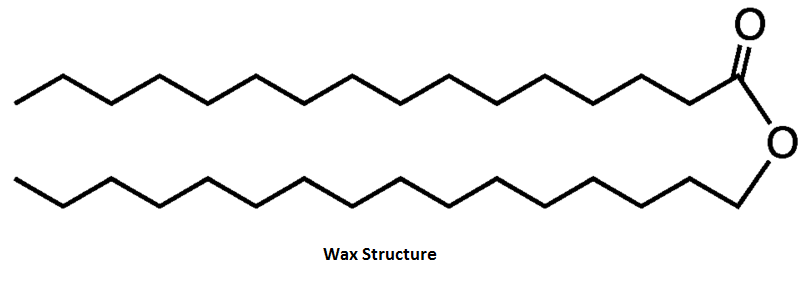
More: https://socratic.org/questions/what-are-lipids?source=search


